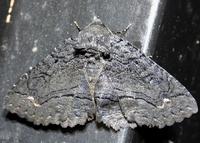
| Recorded by: tom ward on 2024-05-08
Buncombe Co.
Comment: | 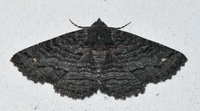
| Recorded by: Emily Stanley on 2023-05-20
Yancey Co.
Comment: |
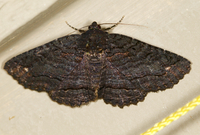
| Recorded by: Jim Petranka on 2022-06-07
Madison Co.
Comment: | 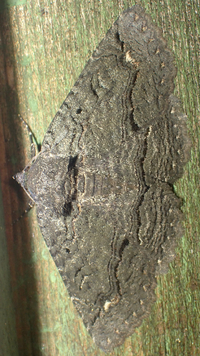
| Recorded by: tom ward on 2022-05-01
Buncombe Co.
Comment: |
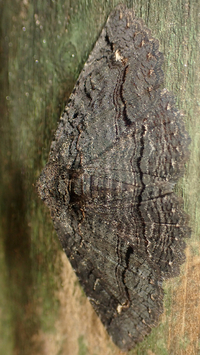
| Recorded by: tom ward on 2022-04-30
Buncombe Co.
Comment: | 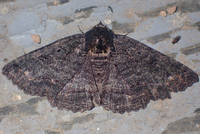
| Recorded by: tom ward on 2021-06-22
Buncombe Co.
Comment: |
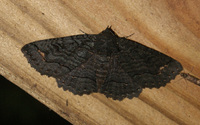
| Recorded by: Vin Stanton on 2021-05-20
Buncombe Co.
Comment: | 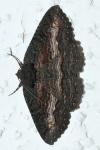
| Recorded by: J. A. Anderson on 2018-05-18
Surry Co.
Comment: |
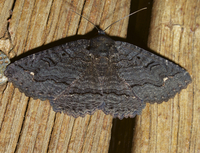
| Recorded by: Jim Petranka and Becky Elkin on 2018-05-11
Madison Co.
Comment: | 
| Recorded by: K. Bischof on 2017-04-27
McDowell Co.
Comment: |
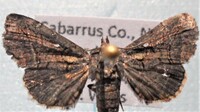
| Recorded by: Darryl Willis on 2015-10-20
Cabarrus Co.
Comment: | 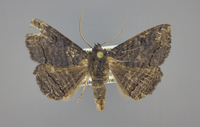
| Recorded by: J.B. Sullivan on 2013-07-06
Mecklenburg Co.
Comment: |
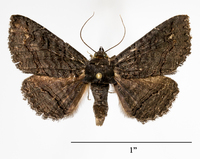
| Recorded by: JBS on 2000-05-04
Ashe Co.
Comment: Wingspan = 3.9 cm |

 »
»


 »
»
